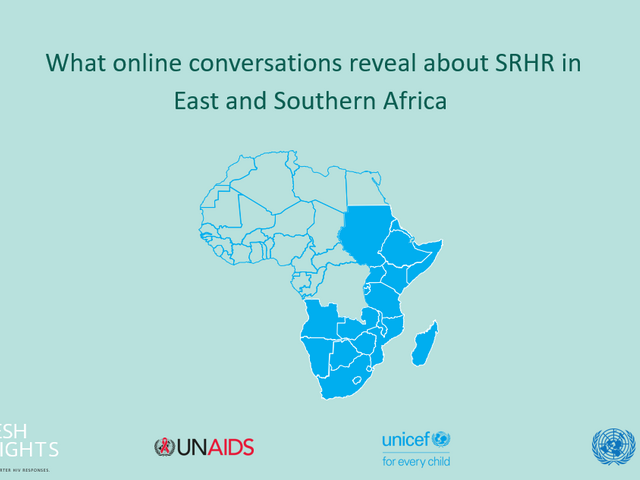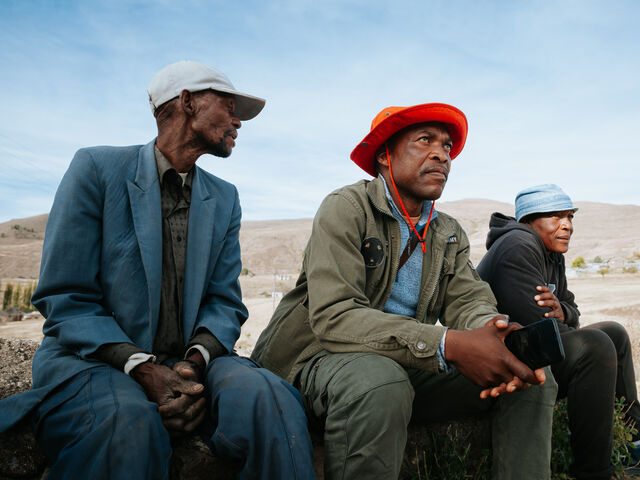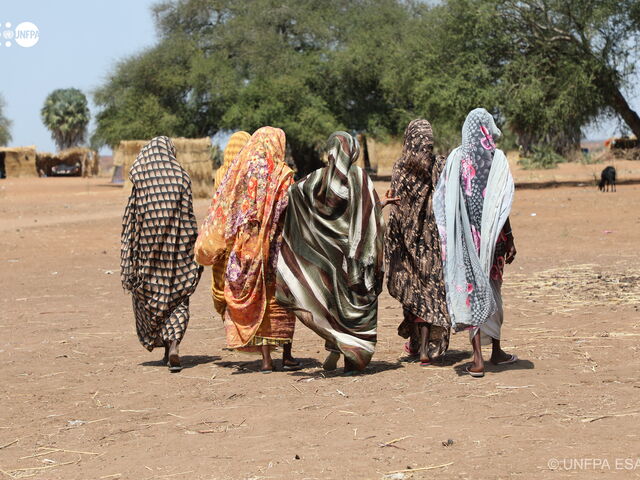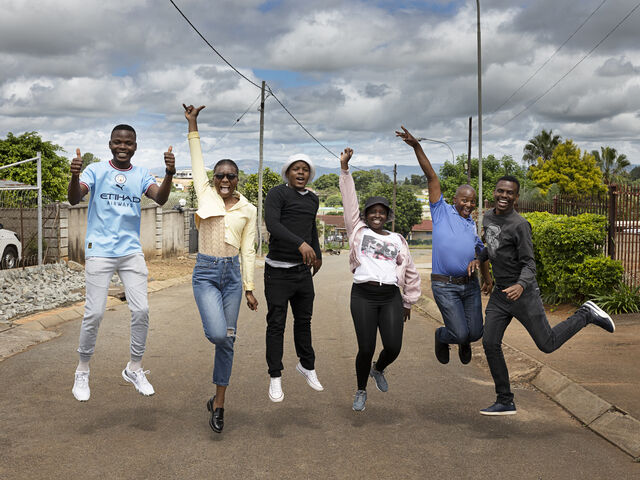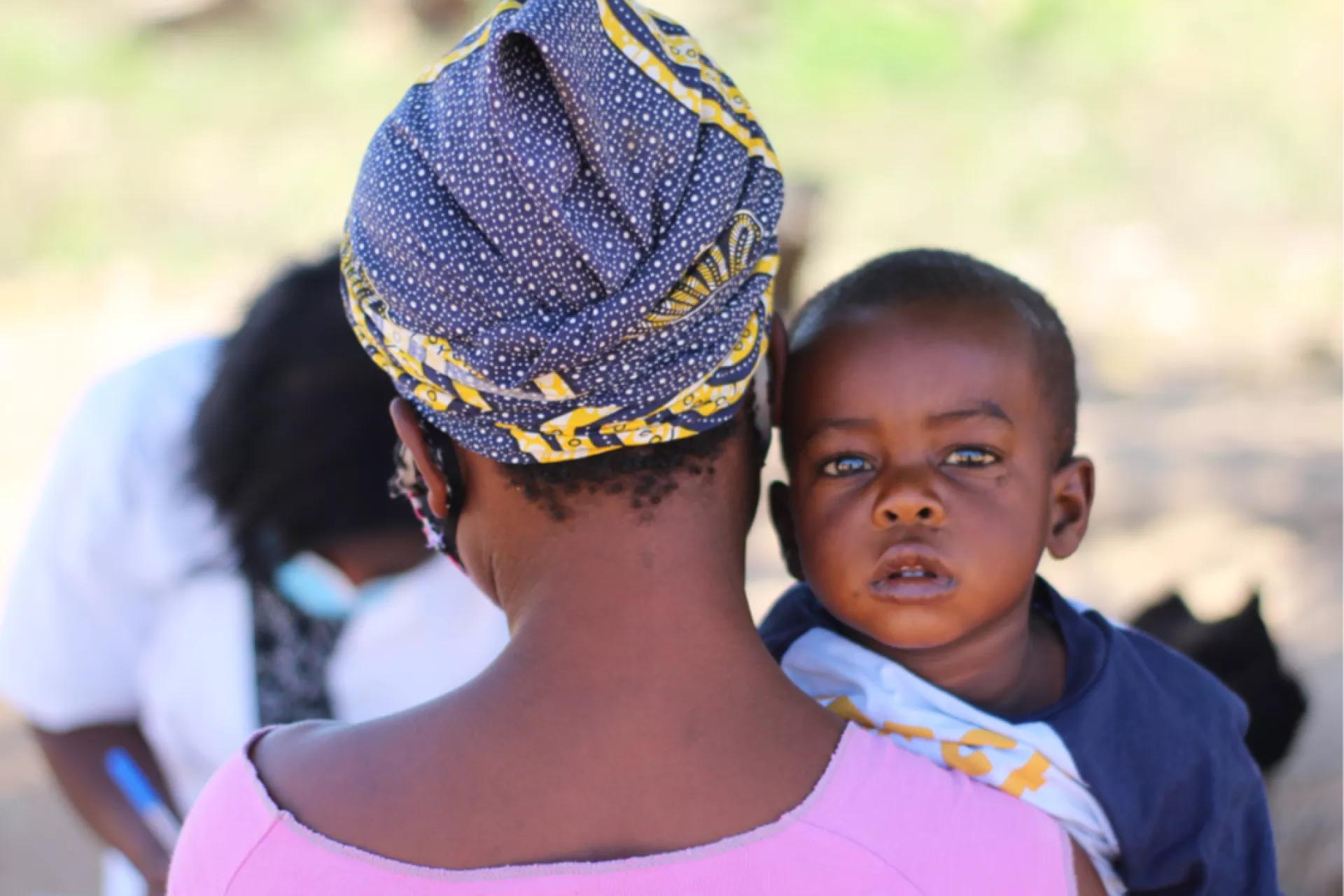
When Benson Chibiya, a nurse and midwife, took part in training on delivering integrated reproductive health services, he wasn’t sure how he would manage to change the way his health centre operated as his caseload was already heavy.
Chibiya works at the Nalwei Rural Health Centre, situated in a remote location in Mongu district, Zambia’s Western Province. He and one of his fellow health workers were among 116 selected by the Government of Zambia for this training. His health centre was chosen as it is in a province which has some of the country’s highest rates of maternal mortality, early pregnancy, HIV and sexually transmitted infections, as well as the highest poverty indexes. The five-day training entitled ‘Integration of Sexual and Reproductive Health (SRHR) and Sexual and Gender-based Violence (SGBV)’ took place in 2019 and was implemented by the Ministry of Health and SAfAIDS, a non-governmental organization (NGO). The training included improving skills in
critical decision-making, interpersonal interaction, communication and organization as well as how to integrate health service delivery. Similar training has been conducted in nine other southern African countries under a joint UN programme known as 2gether 4 SRHR, which began in 2018 and ends in 2022.
2gether 4 SRHR to improve sexual and reproductive health
The 2gether 4 SRHR programme, in partnership with the Swedish International Development Cooperation Agency (Sida), draws on the expertise of four UN agencies: the Joint United Nations Programme on HIV/AIDS (UNAIDS), the United Nations Population Fund (UNFPA), the United Nations Children’s Fund (UNICEF) and the World Health Organization (WHO). The main aim of the 2gether 4 SRHR programme is to improve sexual and reproductive health in the Eastern and Southern African region, where 16 countries have maternal mortality rates above 310 per 100,000 live births, and HIV accounts for 10 per cent of all deaths. Adolescents and young women
are particularly vulnerable, with 27 per cent of all new HIV infections occurring amongst adolescent girls and young women (aged 15–24 years).
Chibiya welcomed the support as he has faced many challenges in his daily work, particularly the lack of human resources, occasional stock-out of medical supplies (including family planning products) and the health centre’s remote location. As there is no transport, most people have to walk to reach the health centre, sometimes up to 15 kilometres. There is also no ambulance at the health centre, only a motorbike, so in an emergency the health centre has to contact the district hospital, about 87 kilometres away, to send an ambulance. The delays of having to walk to the centre, or waiting for the ambulance to arrive and then having a long trip to the hospital, can be a matter of life or death.
Changing the way heath providers work
Chibiya says that the training has changed the way they work at the health centre, and he feels it has already had a positive impact. “Before this training, we had specific days for each clinic,” he explains, but now, Chibiya and his team offer clients a range of SRH services on the same day, including some new services, such as screening for SGBV. Also, he mentors the other staff on the new skills he has acquired. In addition, as a result of the training, Chibiya and his team set up an adolescent-friendly health service for which Chibiya is the focal point. He works closely with eight peer educators who are volunteers and is mentoring them on the integration of SRHR/HIV/SGBV. The peer educators are also scheduled to receive training by SAfAIDS on SRHR, HIV and SGBV integration before the end of the year.
Chibiya comments that the provision of adolescent friendly health services was a key product from the SRHR training. Before, he recalls, pregnant adolescent and young mothers not only felt inhibited to talk freely to the health workers but also were reluctant to attend the health services with older women.
One of the young mothers who says she has benefited from this new adolescent-friendly health service is Makayi, 21, who is living with HIV. She explains that receiving a variety of services on the same day and having access to peer educators at the health centre has made a big difference to helping her cope. “They (the peer educators) talked to me about how to live positively,” says Makayi, who is sitting under the shade of a tree with Chibiya.
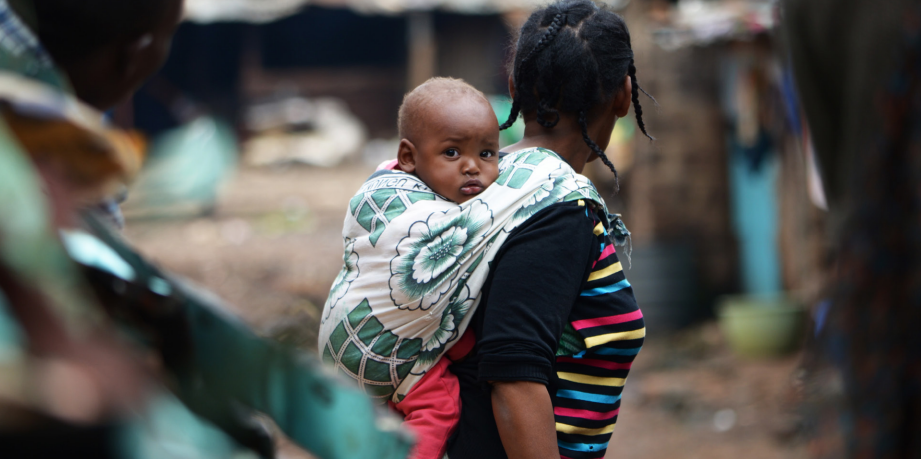
Makayi has had a lot to manage at a young age. She had to drop out of school at the age of 15 because her mother could no longer support her. “I wanted to continue with school but I had to give up on that dream,” she says. Makayi then got pregnant and gave birth at the age of 16. Her eldest child is now 5 years old and her youngest is just 6 weeks old. “My dream is to have a grocery shop, but for now my main worry is how we can survive.” Makayi lives with her grandmother, in a tiny, thatched home with no running water or electricity. They sleep on the floor on a mat. The fathers of Makayi’s children do not support her in any way.
However, Makayi says that health-wise she now feels she is managing. She comments that her experience at the health centre for the birth of her second child was much better than the first, as not only did she enrol on the prevention of mother-to-child transmission (PMTCT) of HIV programme, she also received a package of services all on the same day which included family planning, counselling and being put in touch with peer educators for psychosocial support.
As recommended in the SRHR integration training, Chibiya meets with the peer educators every Friday to monitor their work and discuss challenges. “Their work is so important as they reach out to the community. They follow up if someone living with HIV has not been to collect their supply of antiretroviral drugs, they identify pregnant women in the community and encourage them to come for antenatal care, and they help to distribute family planning products.”
Chibiya remembers that when he arrived at this rural health centre to take up his post five years ago, “People seemed to think it was normal for 15-year-old girls to get married. Adolescent pregnancy has been a common challenge and often means that girls drop out of education altogether, and COVID-19 has just made it even worse.” Yet Chibiya says he can see that the situation is gradually improving, especially after the training. “Although we are few at the health centre, we’ve been able to successfully integrate the health services.”
